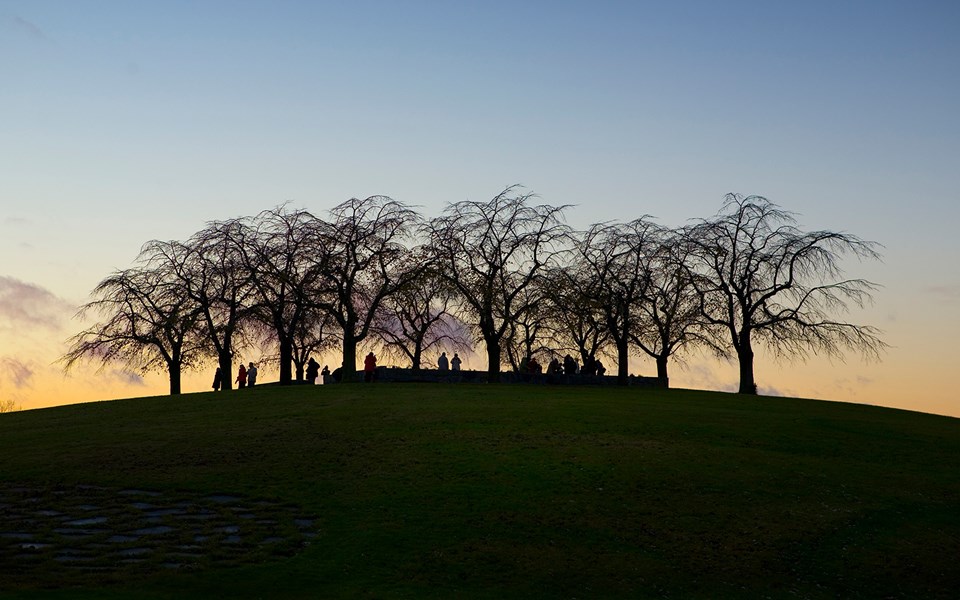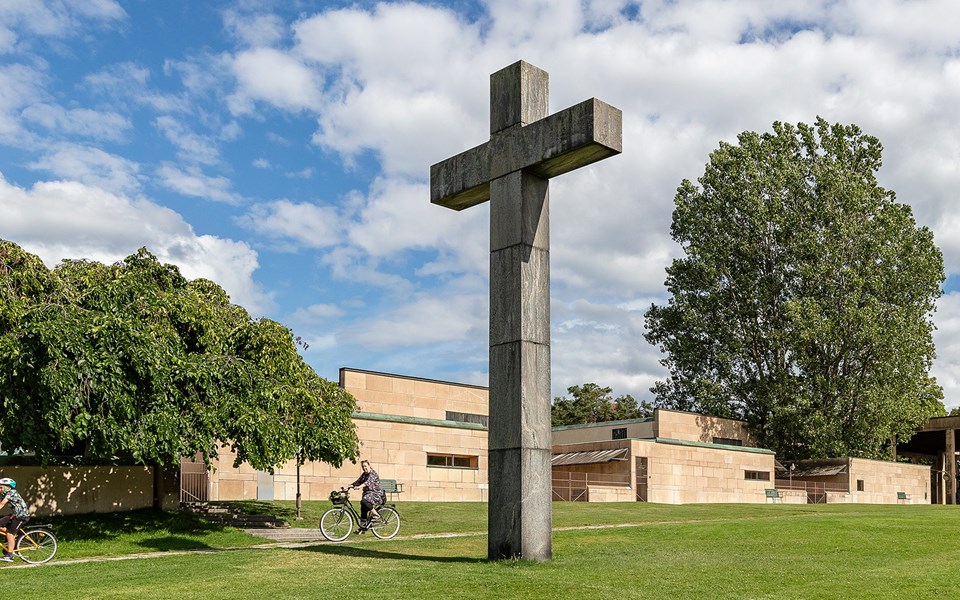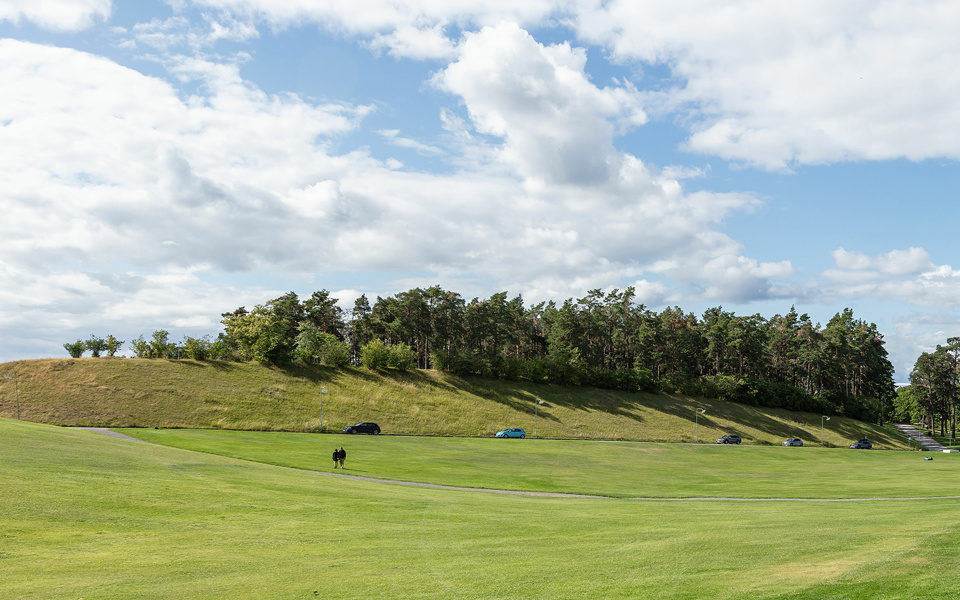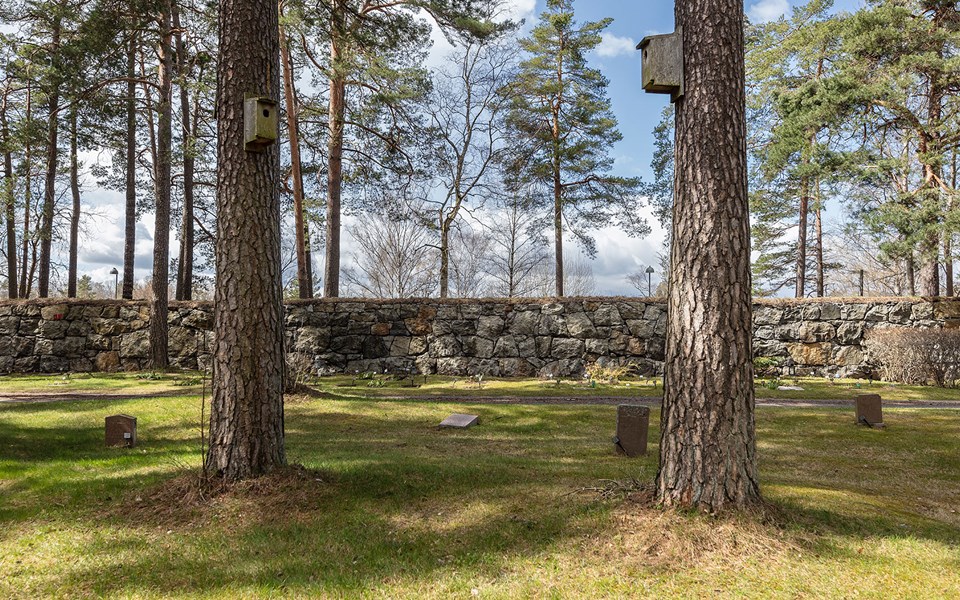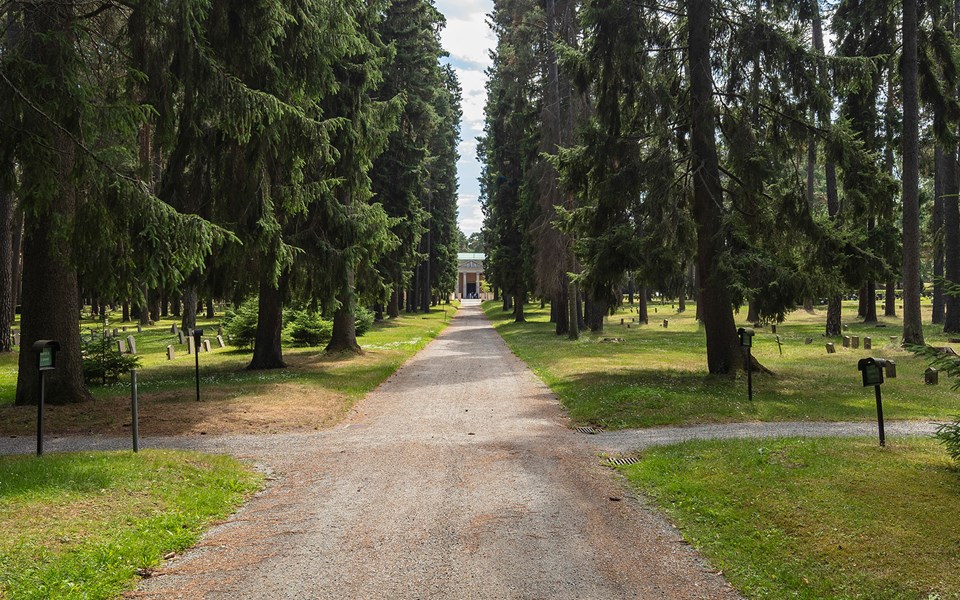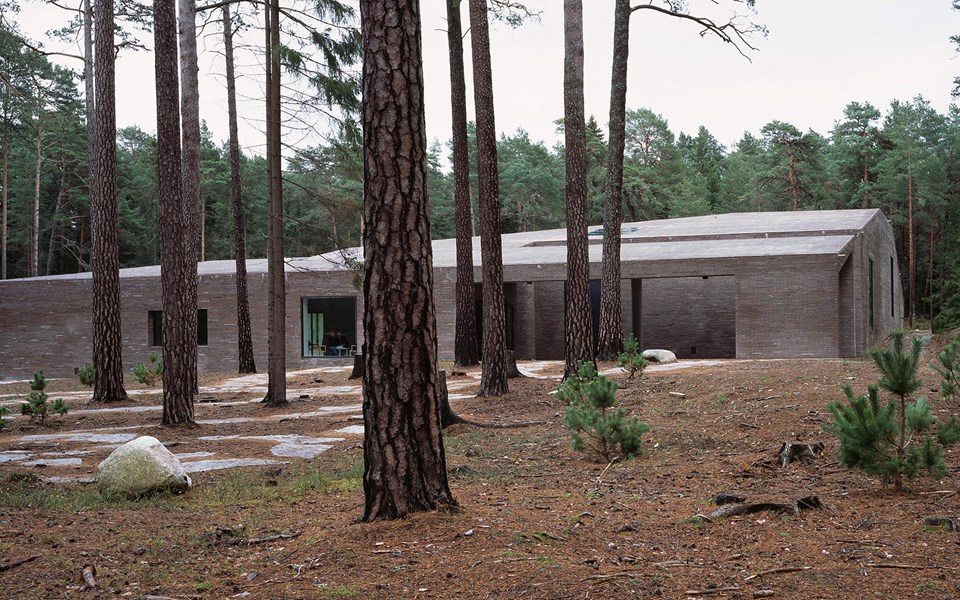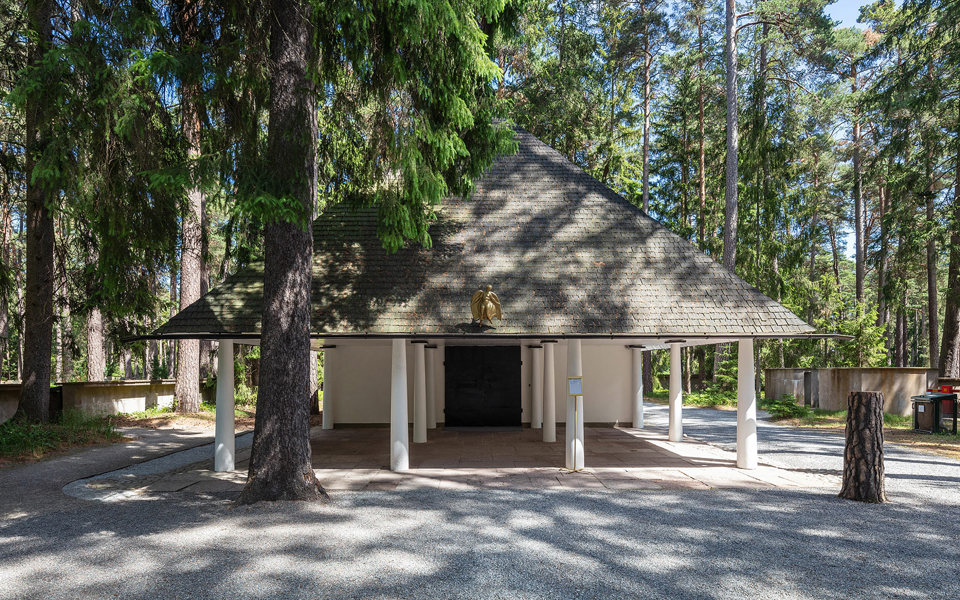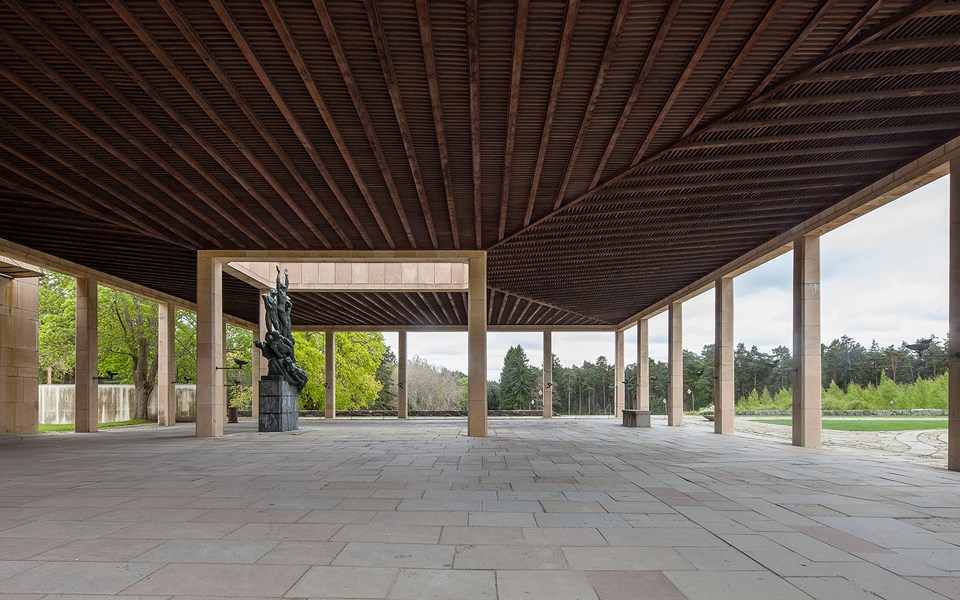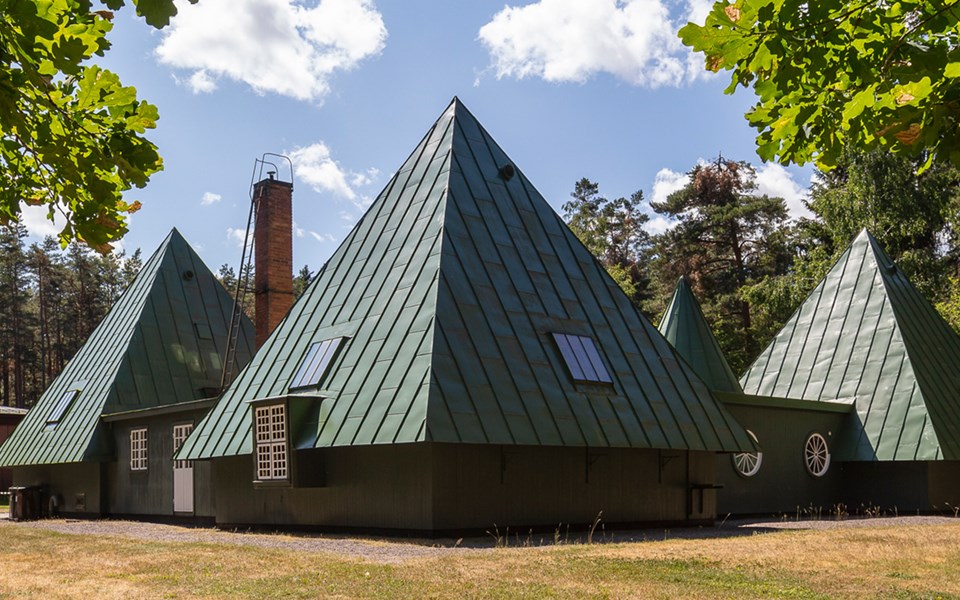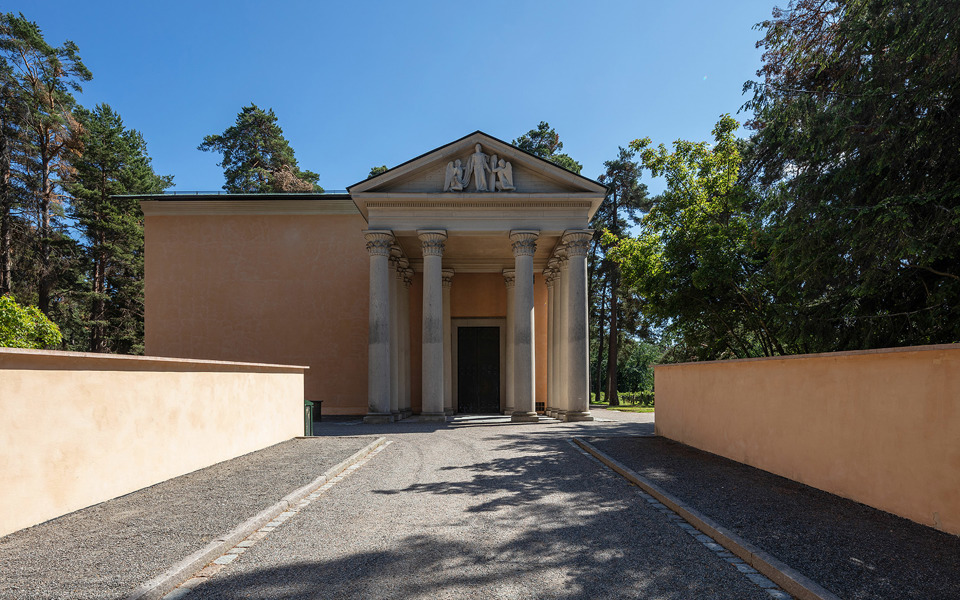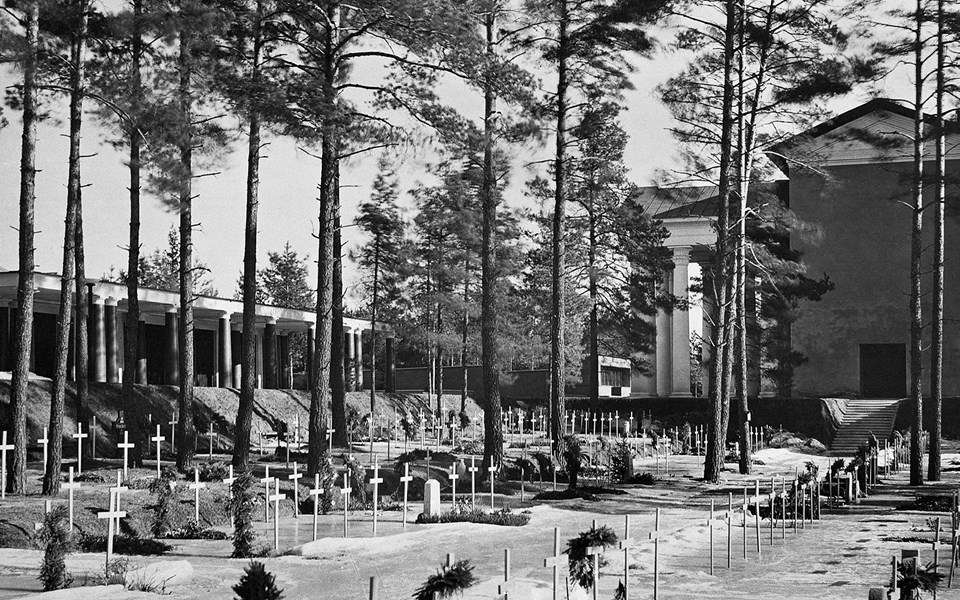Between 1915 and 1940, architects Gunnar Asplund and Sigurd Lewerentz designed Skogskyrkogården with the aim of uniting the landscape and structures. Their goal was to provide visitors with an experience encompassing life and death, hope and sorrow, and light and darkness. It was designed to reflect the full cycle of life through nature and architecture.
Explore
Every aspect of this world-famous cemetery is thoughtfully designed, from the various landscape features to the intricate details within the chapels.


